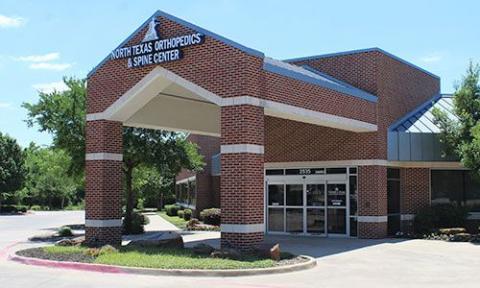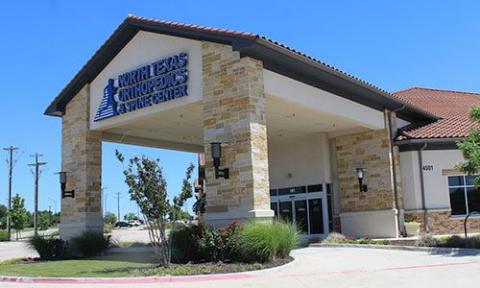Understanding Tibial Tubercle Osteotomy: A Guide to Realigning the Knee
Tibial tubercle osteotomy (TTO) is a specialized surgical procedure aimed at addressing patellar instability, chronic knee pain, or misalignment issues. By realigning the patella (kneecap) and redistributing pressure within the knee joint, TTO can provide significant relief and improve overall knee function. In this blog post, we’ll explore what tibial tubercle osteotomy involves, its indications, the procedure itself, and the recovery process.
What is Tibial Tubercle Osteotomy?
Tibial tubercle osteotomy is a surgical technique that involves repositioning the tibial tubercle, the bony prominence where the patellar tendon attaches. This realignment helps correct tracking issues of the patella and reduces stress on the knee joint. It is commonly performed in combination with other procedures, such as medial patellofemoral ligament reconstruction (MPFL), to ensure optimal outcomes.
When is Tibial Tubercle Osteotomy Needed?
TTO is typically recommended for patients experiencing:
- Recurrent patellar dislocations: Frequent kneecap dislocations due to misalignment.
- Patellofemoral pain syndrome: Chronic pain caused by abnormal patella tracking.
- Cartilage damage: Conditions such as chondromalacia patella where the cartilage under the patella deteriorates.
- Malalignment of the knee: Structural issues contributing to uneven weight distribution in the joint.
The Tibial Tubercle Osteotomy Procedure
The procedure involves several steps:
- Preparation: The patient receives general or regional anesthesia to ensure comfort during surgery.
- Incision and exposure: A small incision is made to access the tibial tubercle and surrounding structures.
- Bone cut and repositioning: The surgeon cuts and repositions the tibial tubercle to improve patella alignment.
- Fixation: The realigned tubercle is secured using screws or other hardware to allow proper healing.
- Closure: The incision is closed, and a sterile dressing is applied.
The entire procedure typically takes 1-2 hours and is usually performed on an outpatient basis or with a short hospital stay.
Recovery After Tibial Tubercle Osteotomy
Recovery from TTO involves several stages:
- Initial healing: Swelling, bruising, and discomfort are common in the first few weeks. Pain medications and ice therapy can help manage these symptoms.
- Immobilization: The knee is often placed in a brace to restrict movement and protect the surgical site.
- Physical therapy: A structured rehabilitation program is crucial for restoring strength, flexibility, and range of motion.
- Weight-bearing: Patients gradually transition from partial to full weight-bearing as directed by their surgeon.
Most patients return to normal activities within 3-6 months, although full recovery may take up to a year.
Potential Risks and Complications
While TTO is a safe and effective procedure, potential risks include:
- Infection
- Blood clots
- Hardware irritation or the need for hardware removal
- Delayed bone healing or nonunion
- Stiffness or reduced range of motion
Living After Tibial Tubercle Osteotomy
Following a successful TTO, many patients experience significant improvements in knee function and a reduction in pain. Tips for optimizing recovery include:
- Adhering to the prescribed physical therapy regimen.
- Avoiding high-impact activities until fully healed.
- Attending regular follow-up appointments to monitor progress.
Conclusion
Tibial tubercle osteotomy is a highly effective surgical option for individuals with chronic patellar instability, misalignment, or knee pain. By realigning the knee joint and redistributing pressure, TTO can enhance mobility and improve quality of life. If you’re considering this procedure, consult an experienced orthopedic surgeon to determine if it’s the right solution for your condition.
For more information on knee health and surgical options, explore our blog or schedule a consultation with one of our specialists today.



